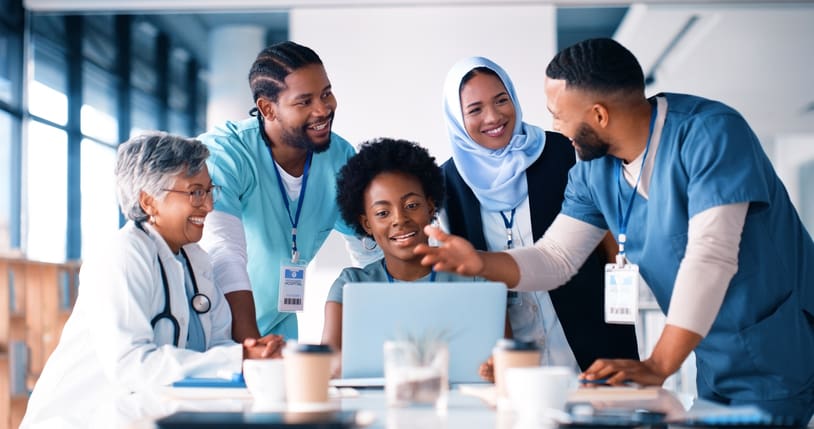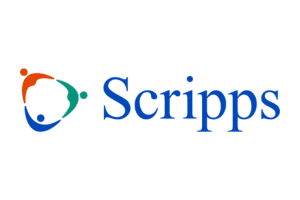
Building bridges towards mentorship to expand representation
The Opportunity
Scripps Health, a San Diego-based healthcare system with five hospitals, 32 clinics, and over 17,000 employees, faced a critical challenge in leadership representation. A comprehensive staff survey revealed two significantly underrepresented groups: LGBTQ+ employees and Black workforce members. The data showed that Black employee representation in leadership roles was disproportionately low, and the survey feedback highlighted employees’ desire for increased pathways to advancement and greater recognition within the organization.
The Black Workforce Affinity Group (BWAG), consisting of employees, two co-leaders, and a member of the HR team, emerged as a powerful vehicle for change. Through their analysis, they identified a fundamental gap:
While Scripps offered tuition reimbursement and other traditional benefits, the organization lacked structured career pathing support specifically designed to address barriers faced by underrepresented employees.
The team seized the opportunity to develop an approach to leadership development that would not only benefit Black employees but establish a replicable model for broader organizational change.
The Approach
Rather than implementing a complex mentorship program immediately, Scripps adopted a strategic “crawl before you walk” philosophy. The BWAG developed “A Seat at the Table,” an innovative leadership panel series designed to create awareness of career pathways while building foundations for future mentorship initiatives.
The program featured two distinct tracks—clinical and non-clinical—offered through both in-person and virtual formats to maximize accessibility. Black leaders from various departments shared their career journeys, barriers and challenges, and pathways to success with frontline employees and team members across the organization.
The kickoff sessions received feedback that was overwhelmingly positive, with participants praising the session length, panelist quality, and requesting more hands-on skills-building opportunities.
The approach emphasized authentic storytelling, peer-to-peer learning, and sustainable resource allocation. By engaging existing leaders as panelists and future mentors, Scripps created a pipeline of invested stakeholders committed to long-term success.
Next Steps
Building on the initial success, Scripps has developed a comprehensive roadmap for expanding the initiative. The immediate focus involves transitioning participating leaders from the panels into formal mentorship roles, leveraging their demonstrated commitment to supporting career advancement.
Building Skills
The organization is shifting from awareness-building to skill development, planning two hands-on workshops:
- Mock interview experiences
- Resumé writing support
These practical skill-building opportunities directly address participant feedback while providing tangible career advancement tools.
A Blueprint for Change
A second annual “Seat at the Table” event is designed to expand both the management participant base and employee interest. This approach ensures continued momentum while allowing for program refinement based on ongoing feedback.
The long-term vision involves launching a comprehensive mentorship program, using the relationships and structures built through the ongoing sessions, hands-on workshops, and informal conversations as the foundation. This approach allows for meaningful mentor training, program development, and stakeholder investment—all critical for mentorship program success.
Perhaps most significantly, the BWAG has become the organizational model for all future affinity groups. Their intentional and structured approach, advocacy that centers employees and the system’s business needs, and measurable outcomes have established an accessible and replicable framework for employee-driven initiatives across different demographic groups.
By starting with storytelling and building toward structured mentorship, Scripps has created a scalable model that addresses systemic barriers while fostering genuine belonging and advancement opportunities for all employees.
![]() This innovation story was made possible through funding from The James Irvine Foundation
This innovation story was made possible through funding from The James Irvine Foundation

